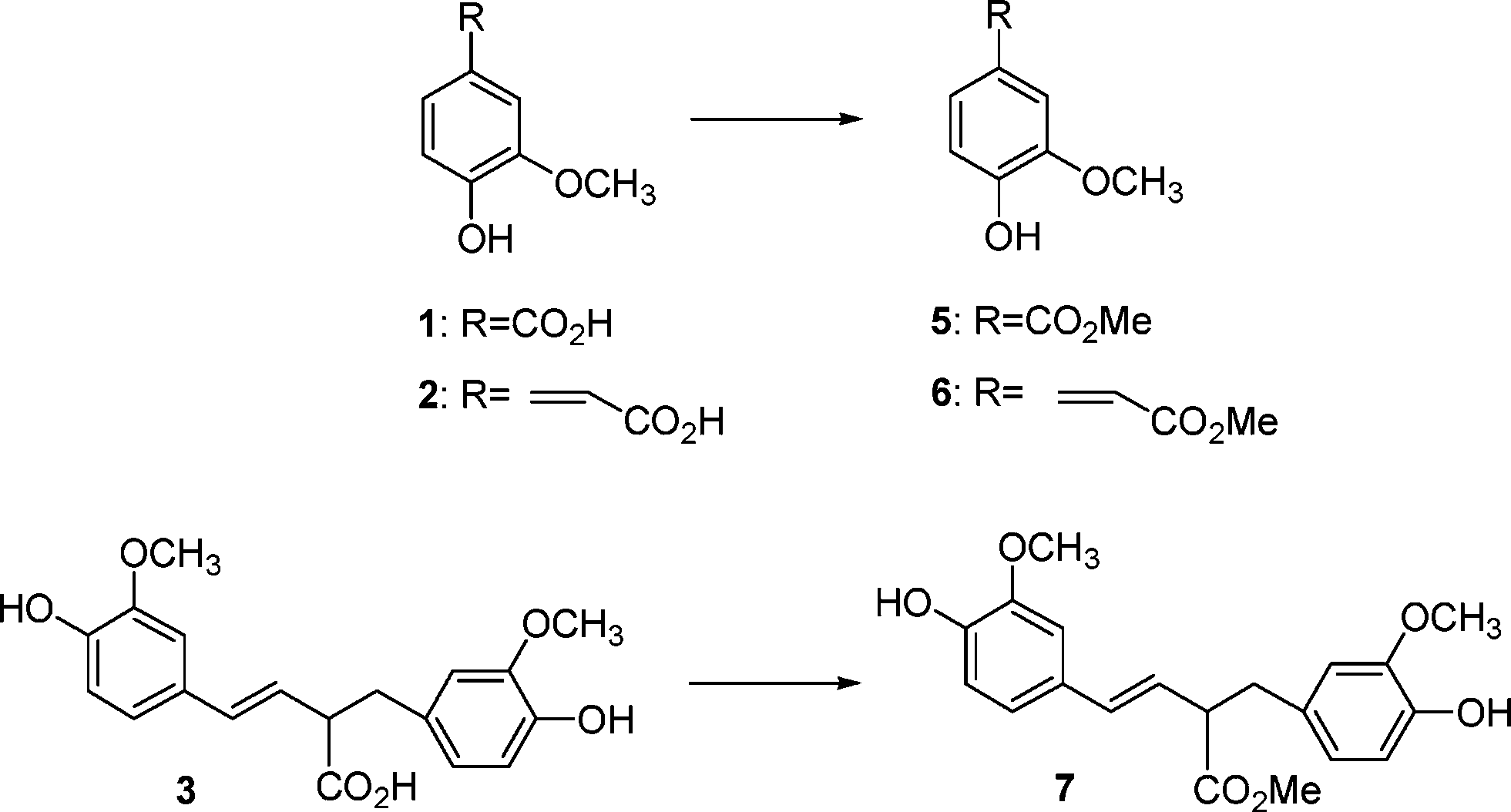Sulfuric Acid
CAS number: 7664-93-9
Sulfuric acid is a colorless oily liquid. It is soluble in water with release of heat. It is corrosive to metals and tissue. It will char wood and most other organic matter on contact, but is unlikely to cause a fire. Density 15 lb / gal. Long term exposure to low concentrations or short term exposure to high concentrations can result in adverse health effects from inhalation. It is used to make fertilizers and other chemicals, in petroleum refining, in iron and steel production, and for many other uses. Rate of onset: Immediate Persistence: Hours, days Odor threshold: Source/use/other hazard: Battery/dyes/paper/glue/metals industries; volcanic gas; toxic fumes when heated.
Related images
Related Questions and Answers
A: The use of sulfuric acid and ferric sulfate offers several environmental advantages over nitric acid. Sulfuric acid is less volatile, avoiding toxic NOx fumes, and is compatible with common, low-cost corrosion-resistant materials. Ferric sulfate serves as an effective oxidizing agent, allowing for the dissolution of silver and copper under milder conditions. This system also eliminates harmful NOx emissions and can operate at room temperature, reducing operational costs and enhancing worker safety.
A: The leaching efficiency of silver and copper is significantly influenced by the concentrations of sulfuric acid and ferric sulfate. For silver, both sulfuric acid and ferric sulfate concentrations, along with their quadratic terms, significantly affect leaching efficiency. The optimal conditions for silver recovery are around 0.2M sulfuric acid and 0.15M ferric sulfate. For copper, ferric sulfate concentration is the primary factor influencing leaching efficiency, with sulfuric acid having a negligible effect. The model predicts that increasing ferric sulfate concentration enhances copper recovery.
A: Sulfuric acid and ferric sulfate serve as the leaching agents to dissolve silver and copper from photovoltaic waste. The study shows that high recovery rates of silver (>85%) and copper (>96%) can be achieved at room temperature using relatively low concentrations of 0.2M sulfuric acid and 0.15M ferric sulfate. This system is environmentally friendly and avoids the production of toxic NOx gases.
A: Sulfuric acid is used to leach the fluorinated products of Ta and Nb from the coltan ore. The leaching process at room temperature with 2N sulfuric acid solution effectively dissolves the fluorinated Ta and Nb compounds, achieving high recovery rates of about 94% Ta and 95% Nb. The resulting pregnant leach solution (PLS) contains significant concentrations of Ta and Nb, which can be further purified and separated.
